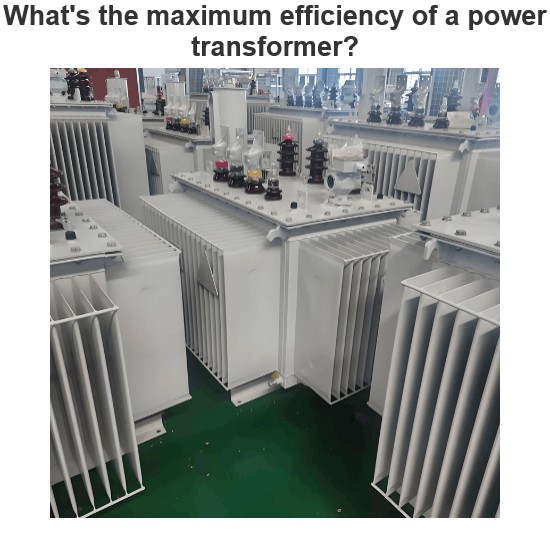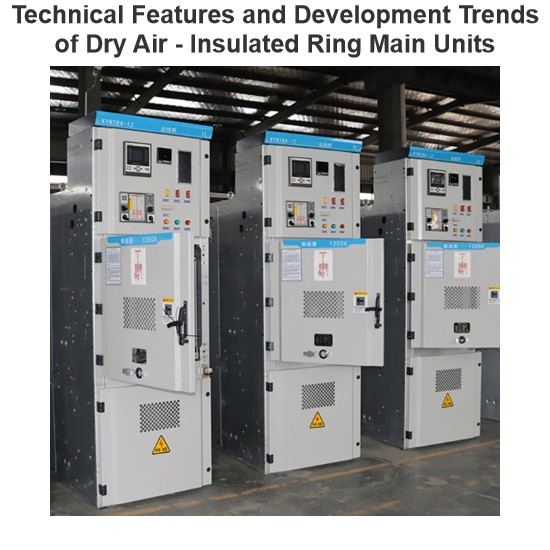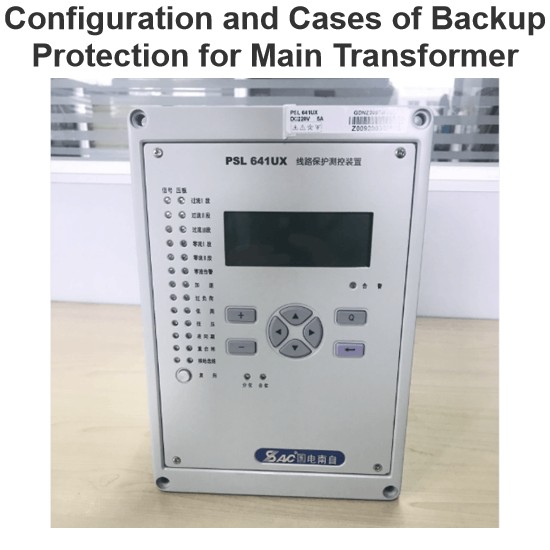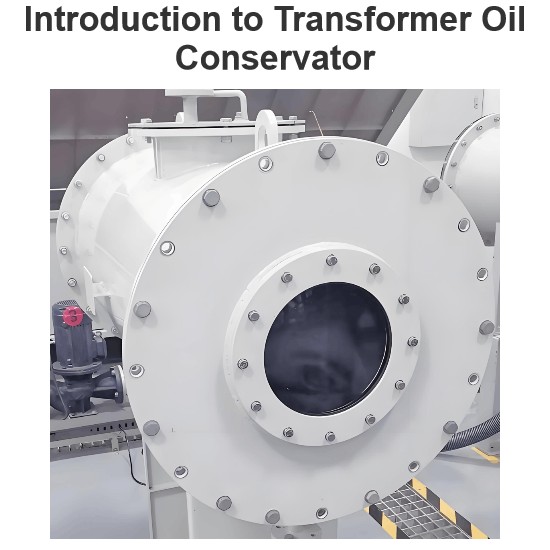Comparison of Main Protections for Transformer (Differential Protection, Gas Protection)
Transformer Main Protection
The main protection for transformers consists of gas protection and differential protection.
Gas Protection
Gas protection is a protective mechanism that responds to internal faults within the transformer tank and to a drop in oil level. When an internal fault occurs in the transformer tank, gases generated from the decomposition of transformer oil and insulation materials due to fault currents and arcing flow from the tank toward the upper part of the oil conservator. The protection that operates based on these gas and oil flows is known as gas protection. Designed according to the characteristic that gases are produced during internal transformer faults, gas protection serves as the primary protection for internal transformer faults and is unique to transformers.
-
Scope of Gas Protection
- Internal phase-to-phase short circuits in the transformer.
- Turn-to-turn short circuits, short circuits between windings and the core or tank.
- Core faults (such as overheating and burnout).
- Decrease in oil level or oil leakage.
- Poor contact in tap changers or defective conductor welding.
-
Advantages and Disadvantages of Gas Protection
- Advantages: Simple structure, fast operation, high sensitivity. It can detect various internal tank faults, including minor ones such as slight turn-to-turn short circuits and core damage. It can detect faults that differential protection may miss, such as minor inter-turn faults, core problems, and ingress of air into the transformer.
- Disadvantages:
- Cannot detect external transformer faults (such as those on bushings and lead wires), so it cannot serve as the sole protection for all types of transformer faults.
- Poor resistance to external interference; for example, it is prone to maloperation during earthquakes.
Differential Protection
Transformer longitudinal differential protection, commonly referred to as differential protection, is designed based on the circulating current principle. Differential protection is the main protection for various short-circuit faults in transformer windings, bushings, and lead wires. However, it is not highly sensitive to certain internal faults such as minor turn-to-turn short circuits. Therefore, differential protection and gas protection are typically used together to form the main protection system for transformers. Longitudinal differential protection is recommended for large, critical transformers, or when the sensitivity of instantaneous overcurrent protection is insufficient.
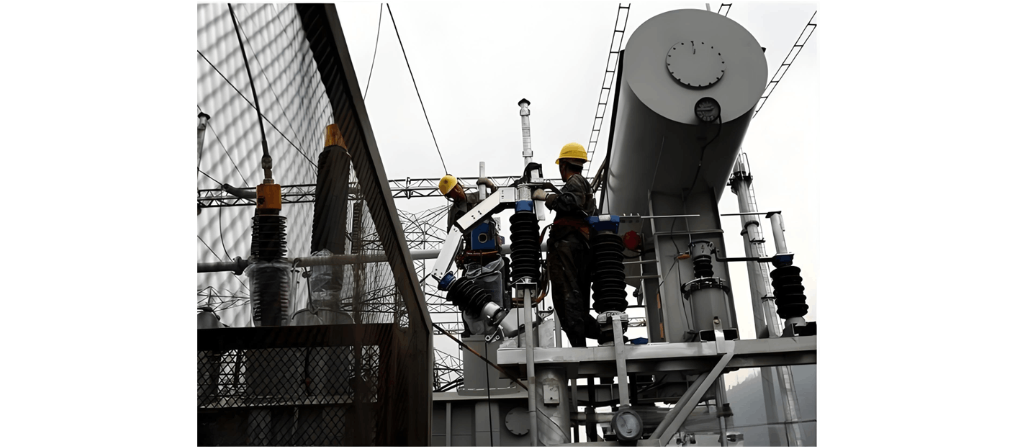
-
Scope of Differential Protection
The protection zone covers the primary electrical components between the current transformers on all sides of the transformer.- Multi-phase short circuits in the transformer leads and windings.
- Severe turn-to-turn short circuits.
- Grounding faults on windings and leads in high-current grounding systems.
-
Advantages and Disadvantages of Differential Protection
- Advantages: Capable of quickly and effectively clearing faults within its protection zone. When correctly wired and properly commissioned, it operates reliably without maloperation.
- Disadvantages: Not sufficiently sensitive to minor internal turn-to-turn short circuits.
Wenzhou Rockwell Transformer Co., Ltd. It is a high - tech enterprise integrating R & D, production, sales, and service. It focuses on the manufacturing of power transformers and supporting equipment, and is committed to providing efficient, reliable, and energy - saving power transmission and distribution solutions for global customers. We can offer: •Distribution transformers and substations •Outdoor switchgears and breakers(recloser) •Switchgears and it’s components (GIS, RMU, VCB, SF6 CB) Market and Service: We always take customers as the orientation and provide customized services according to their requirements. Our products are exported to the Middle East, Africa, Northern Europe, South America, and many other countries and regions. Drive the future of electricity with technological innovation and become a leading global supplier of intelligent power equipment.
